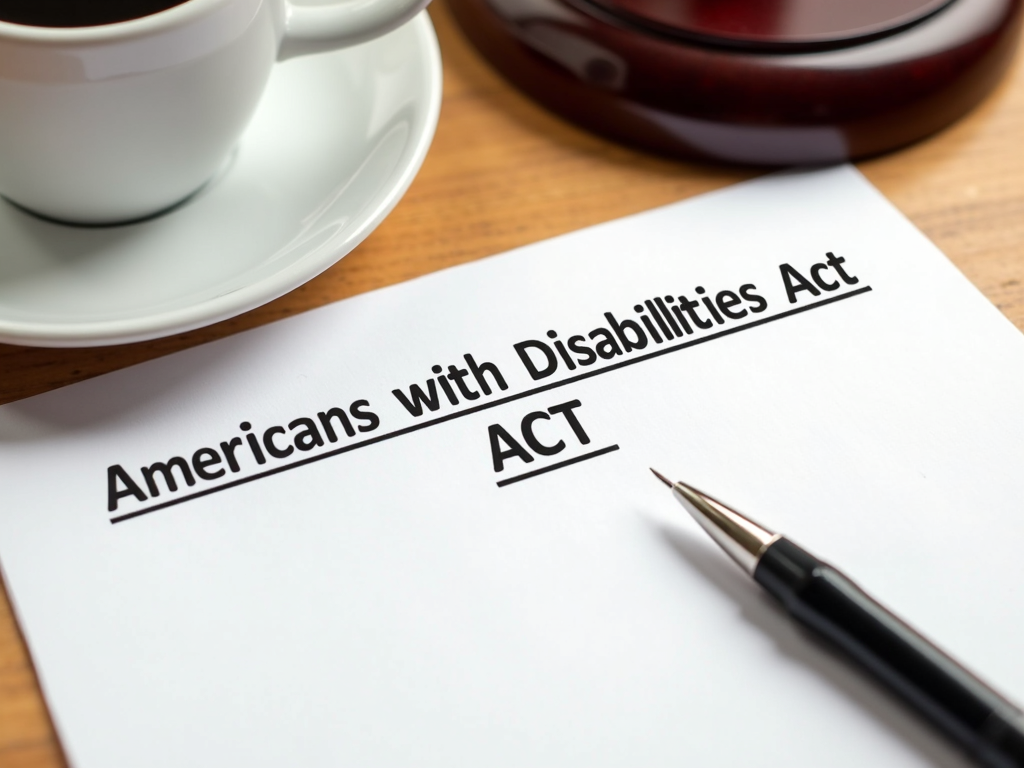Overview
Workplace accommodations are changes employers make to support employees with disabilities or health conditions. Understanding your legal rights for workplace accommodations helps you get the support you need to do your job well. This is especially important if you face challenges like chronic fatigue.
What Are Workplace Accommodations?
Imagine you’re at work, but something about your health makes it tough to keep up. Maybe it’s chronic fatigue, where even simple tasks feel overwhelming. Workplace accommodations are adjustments—like flexible hours or a quieter space—that help you succeed despite those challenges. They’re not favors; they’re your right under laws like the Americans with Disabilities Act (ADA).
Chronic fatigue and its impact on daily life can be brutal. I’ve felt it myself—waking up exhausted, pushing through brain fog, and feeling like every step is twice as hard. It’s like carrying an invisible weight. Accommodations can lighten that load, letting you focus on your strengths instead of fighting your limits.

Your Legal Rights Under the ADA
The ADA is a game-changer. It says employers must provide reasonable accommodations if you have a disability, as long as it doesn’t strain their business too much. What’s reasonable? Things like adjusting your schedule or providing equipment. The EEOC explains it well—check their guide for details.
Not every health issue qualifies, though. You need a condition that limits a major life activity—like working or concentrating. Chronic fatigue often fits, especially if it’s tied to a diagnosis like Chronic Fatigue Syndrome. The key is proving it affects your job and that accommodations can help.

How to Talk to Your Employer About Health Accommodations
Talking to your boss about health needs can feel tricky. I’ve been there—nervous about seeming weak or demanding. But it’s about finding solutions, not complaining. Start by knowing what you need. For chronic fatigue, maybe it’s breaks every few hours or a later start time.
Here’s a simple plan: 1. List your challenges: Write down how your health affects your work. 2. Suggest fixes: Research options like remote work or an ergonomic chair. 3. Be clear and calm: Say, 'I want to do my best, and these changes could help.' The Job Accommodation Network (JAN) has great tips and examples—definitely worth a look.

Real-Life Impact of Chronic Fatigue
Chronic fatigue isn’t just tiredness. It’s waking up feeling like you haven’t slept, struggling to focus, and crashing after basic tasks. I remember days when making a sandwich felt like climbing a mountain. At work, it’s worse—deadlines loom, but your body won’t cooperate. That’s why accommodations matter so much.
Studies back this up. According to the CDC, Chronic Fatigue Syndrome affects over a million Americans, often disrupting work life. Accommodations don’t erase the condition, but they give you a fighting chance to keep going.

Effective Strategies for Balancing Work and Health
Balancing work and health takes effort, especially with chronic fatigue. Here are strategies that work: - Prioritize tasks: Focus on what’s urgent and save energy for it. - Set boundaries: Don’t overcommit—say no when you need to. - Use tools: Timers or apps can keep you on track without overloading your brain.
Communication is huge. Tell your employer what’s working and what isn’t. I found that short check-ins with my supervisor kept us on the same page. And don’t skip self-care—rest when you can, even if it’s just 10 minutes. It adds up.

Examples of Accommodations
What might you ask for? It depends on your needs, but here’s a quick list: | Need | Accommodation | |----------------------|-----------------------------| | Chronic fatigue | Flexible hours, breaks | | Focus issues | Quiet workspace | | Physical discomfort | Standing desk, better chair | These aren’t wild requests—they’re practical fixes that benefit everyone.
The best part? When accommodations work, you’re not just surviving—you’re contributing. I’ve seen it turn frustration into productivity. Employers win too—happy, supported workers stick around longer.

Navigating the Process
Ready to act? Requesting accommodations starts with a conversation. Most employers have an HR process—check your handbook. Be ready to show medical proof if asked, but keep it simple. The goal is collaboration, not conflict.
If you hit roadblocks, don’t give up. The ADA protects you from retaliation, and resources like JAN or a local disability advocate can help. It’s your right to ask—and to keep asking until you’re heard.

Summary
Understanding your legal rights for workplace accommodations gives you power. Whether it’s chronic fatigue or another challenge, laws like the ADA ensure you’re not alone. Talk to your employer, use smart strategies, and advocate for what you need. You deserve to thrive at work, not just survive.
Discuss Here